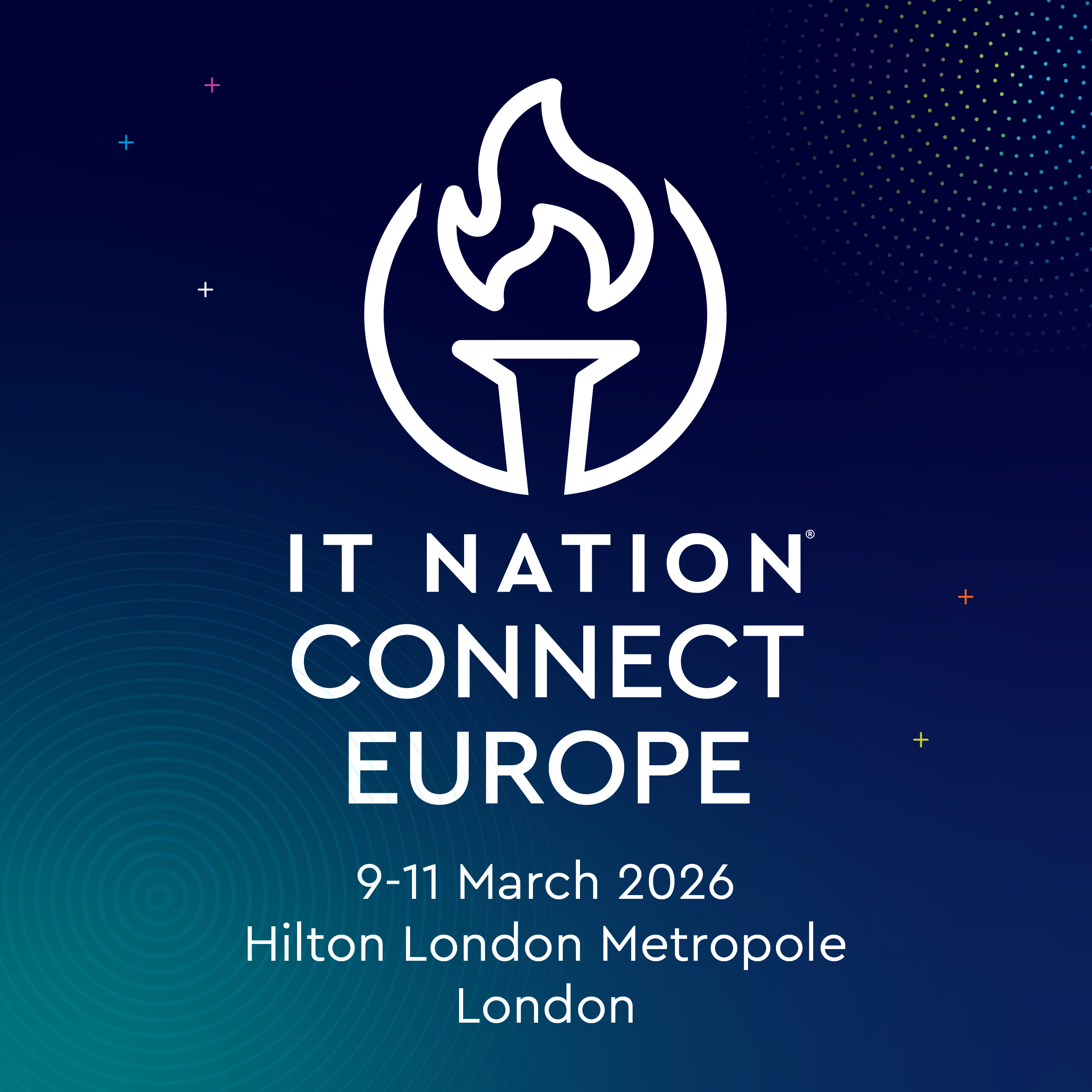Key takeaways
- Information technology service management (ITSM) is a set of structured practices used by IT teams to deliver and manage technology services that align with client business goals.
- ITSM covers a wide range of processes, including service desk support, incident and problem management, change control, configuration tracking, and performance monitoring.
- Common frameworks like IT Infrastructure Library (ITIL), Control Objectives for Information and Related Technologies (COBIT), and ISO/IEC 20000 help standardize service delivery and support business growth.
- ITSM improves efficiency, enhances communication, reduces costs, and increases client satisfaction through consistent, high-quality service.
- Adopting ITSM tools and integrated platforms such as professional services automation (PSA) and configure, price, quote (CPQ) software can streamline operations and drive long-term profitability for managed service providers.
IT teams are responsible for designing and managing digital environments. A good design makes things easier for everyone, while a poor design can hinder productivity and expose an organization to cybersecurity risk.
Information technology service management is, to put it mildly, rather important. Below, we’ll define IT service management and go over some best practices for its implementation.
IT service management definition
IT service management—known in industry terms as ITSM—is a set of practices, policies, and procedures for designing, delivering, managing, and improving the way information technology is used. The ultimate goal of ITSM is to ensure that the IT infrastructure aligns with overall business objectives.
ITSM is not the same as basic, I-forgot-my-password IT support. Rather, ITSM takes account of a company’s hardware and software and provides updates and replacements as needed.
Another dimension of ITSM includes relationship management processes as they relate to suppliers and customers. This is most clearly demonstrated when it comes to hardware: ITSM managers will take client orders—for laptops, say—and deliver them to suppliers, with whom they will remain in regular contact until the items ordered have been received.
Essentially, managing IT services takes into account the measurement and improvement of overall IT performance.
What is IT service delivery?
IT service delivery is the dimension of the ITSM process concerned with designing, implementing, and managing the delivery of IT services to meet an organization's needs. IT service delivery includes the management of people, processes, and technology so they can best meet agreed-upon service levels and performance targets.
An IT service manager is responsible for a variety of services, such as:
- Service strategy: Defining the IT service strategy—that is, the services or goods a client offers and how they present those to their demographic—and aligning it with client goals and objectives.
- Service design: Designing IT services, processes, and technology.
- Service transition: Planning and implementing the delivery of new or altered IT services.
- Service operation: Managing IT services to ensure that they are delivered according to agreed-upon service levels and performance targets.
- Continual service improvement: Continuously monitoring and improving the quality and efficiency of IT services.
In fact, one of the top selling points for managed IT services is that extra human touch—the ability to understand what a client wants even when they can’t quite articulate it themselves.
Automation is certainly important, particularly in today’s cyberthreat environment: Automated programs are best at catching cyberthreats early, and for marketing purposes their speed and reach can’t be exceeded by manual effort.
But artificial intelligence (AI) cannot replace person-to-person interaction, whether upstream during the information-gathering process or long after implementation, when questions of change and updates arise. To put it another way, AI isn’t advanced enough to understand body language, read between the lines of what a client says or writes, or discuss, in a nuanced way, the best solutions for a client’s particular needs.
Types of ITSM processes
There are several different types of ITSM processes, including:
- Service desk management: Involves incident response, service requests, and other service-related issues. The service desk acts as the single point of contact between the IT organization and its customers.
- Incident management: Deals with restoring normal service operations as quickly as possible after an incident has occurred. This involves recording, categorizing, prioritizing, and resolving incidents.
- Problem management: Focused on identifying the root cause of incidents and implementing a permanent solution to prevent them from occurring again.
- Change management: Involves managing changes to IT infrastructure and services, ensuring that they are implemented in a controlled and coordinated manner while minimizing disruption to the business.
- Configuration management: Involves managing the configuration of IT infrastructure and services to ensure that they are accurately documented and maintained.
- Service level management: Centered on defining and managing the service levels that are agreed upon between the IT organization and its customers, ensuring that they are met or exceeded.
- Availability management: Ensures that IT services are available when needed and that downtime is minimized.
- Capacity management: Guarantees that IT resources are used efficiently and that there is enough capacity to meet the needs of the business.
- Financial management: Involves managing the financial aspects of IT services, including budgeting, accounting, and charging for services.
These are only, as they say, the tip of the ITSM iceberg.
Common ITSM frameworks
There are several common ITSM frameworks. Some of the most widely used include:
- IT Infrastructure Library (ITIL): ITIL is a framework of best practices for ITSM, developed by the UK government. It covers a broad range of ITSM processes and is widely used in the industry.
- Control Objectives for Information and Related Technologies (COBIT): COBIT is a framework that provides a set of controls and best practices for IT governance and management. It is used to ensure that IT services are aligned with business goals and objectives.
- ISO/IEC 20000: This is an international standard for ITSM that provides a framework of best practices for the management of IT services. It is based on the ITIL framework and covers a broad range of ITSM processes.
- Microsoft Operations Framework (MOF): MOF is a framework that provides best practices for the delivery of IT services on the Microsoft platform. It is designed to help organizations deliver reliable, secure, and manageable IT services.
- Service Capability Maturity Model (S-CMM): S-CMM is a framework that provides a set of maturity levels for ITSM processes.
Benefits of ITSM
- Improved efficiency: ITSM can help IT teams streamline their processes and workflows by keeping track of resources and needs. This improves the overall efficiency and enables quicker and more reliable service delivery.
- Better partner satisfaction: By standardizing service delivery and implementing best practices, ITSM can help improve the overall service quality. This means fewer service interruptions, better performance, and higher levels of reliability for clients.
- Increased profitability: By improving efficiency and service, ITSM can help reduce costs and increase revenue.
- Enhanced communication: ITSM can facilitate better communication by establishing clear processes, allowing for dialogue, and keeping all protocols transparent, enabling them to better understand client needs and expectations.
Establishing managed IT services service language agreements (SLAs) can help define the scope of the project at hand and set expectations throughout the IT services management process.
ITSM software and solutions
When choosing an ITSM framework, it's essential you consider the feature set, its relative ease of use, potential for scale, cost, and how well it can integrate with your existing technology infrastructure.
Look for solutions that can help improve your operational efficiency, which will ultimately benefit scalability and profitability. IT teams can streamline ITSM is by adopting a single, unified IT management platform to centralize day-to-day tools and software needs. A centralized platform can integrate critical business solutions like PSA and CPQ with business intelligence dashboards and KPIs, allowing you to make more informed decisions.
To see for yourself how the right ITSM software can be a game changer, start your free demo of the ConnectWise platform today.













